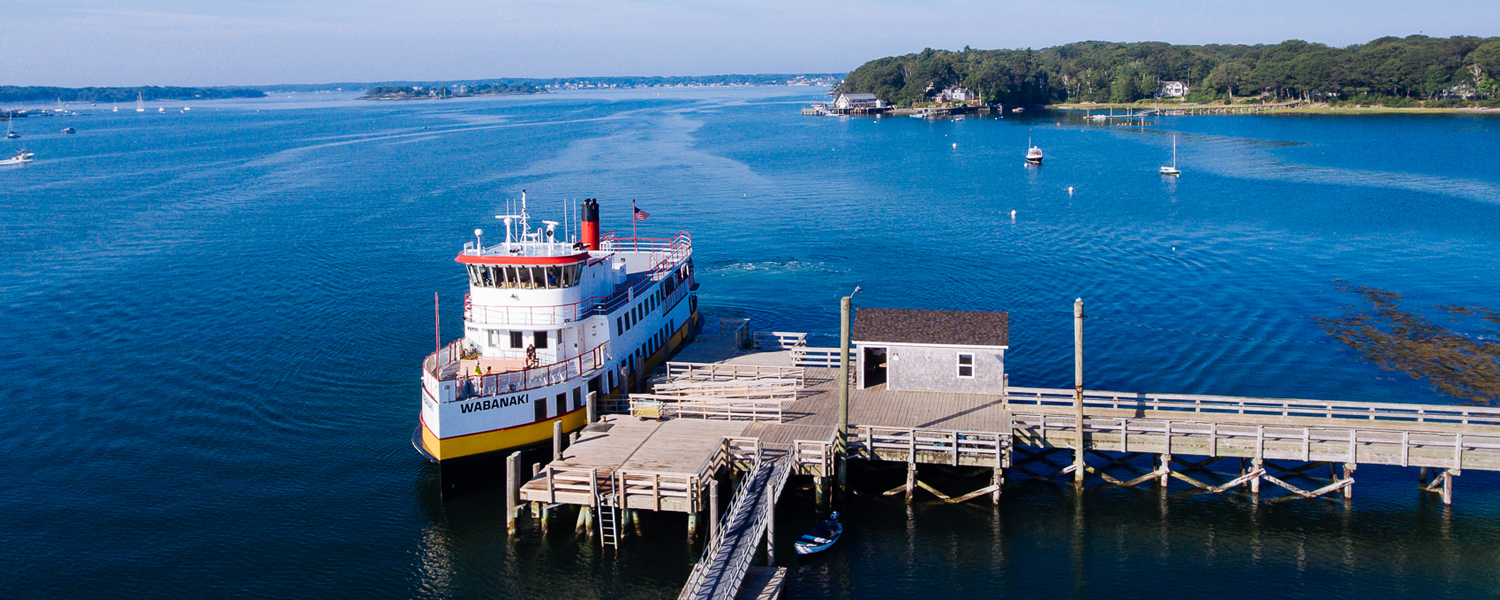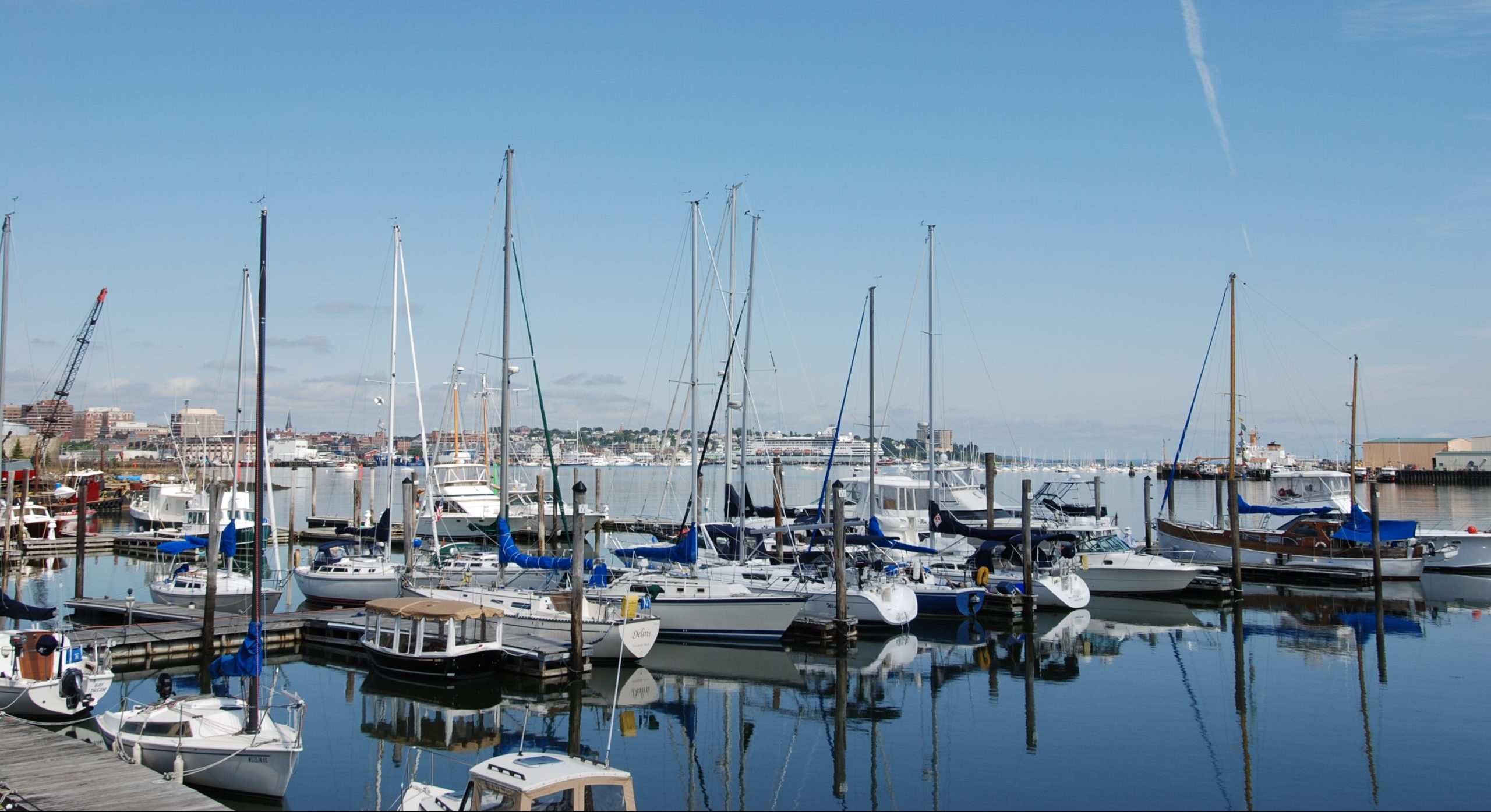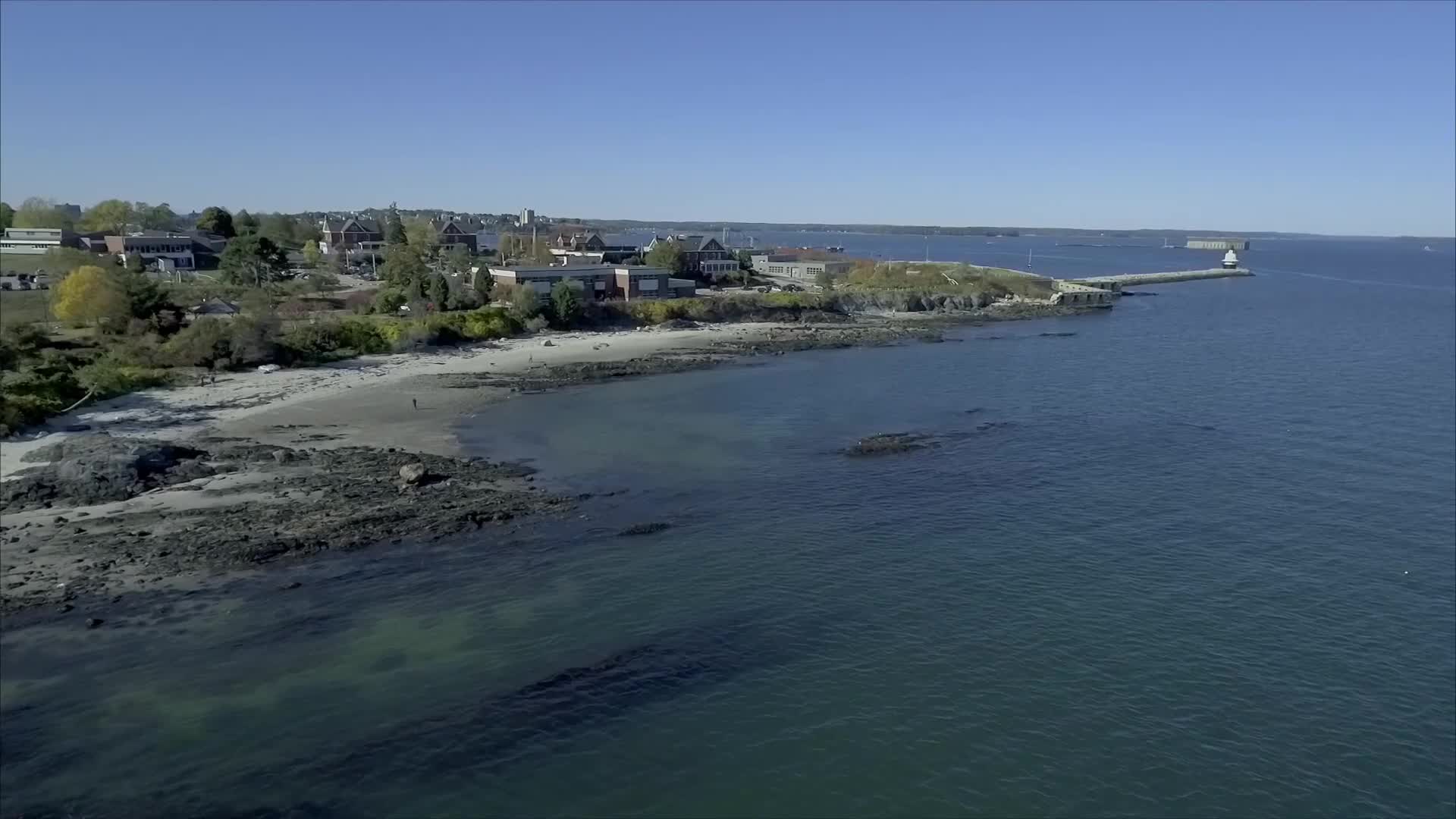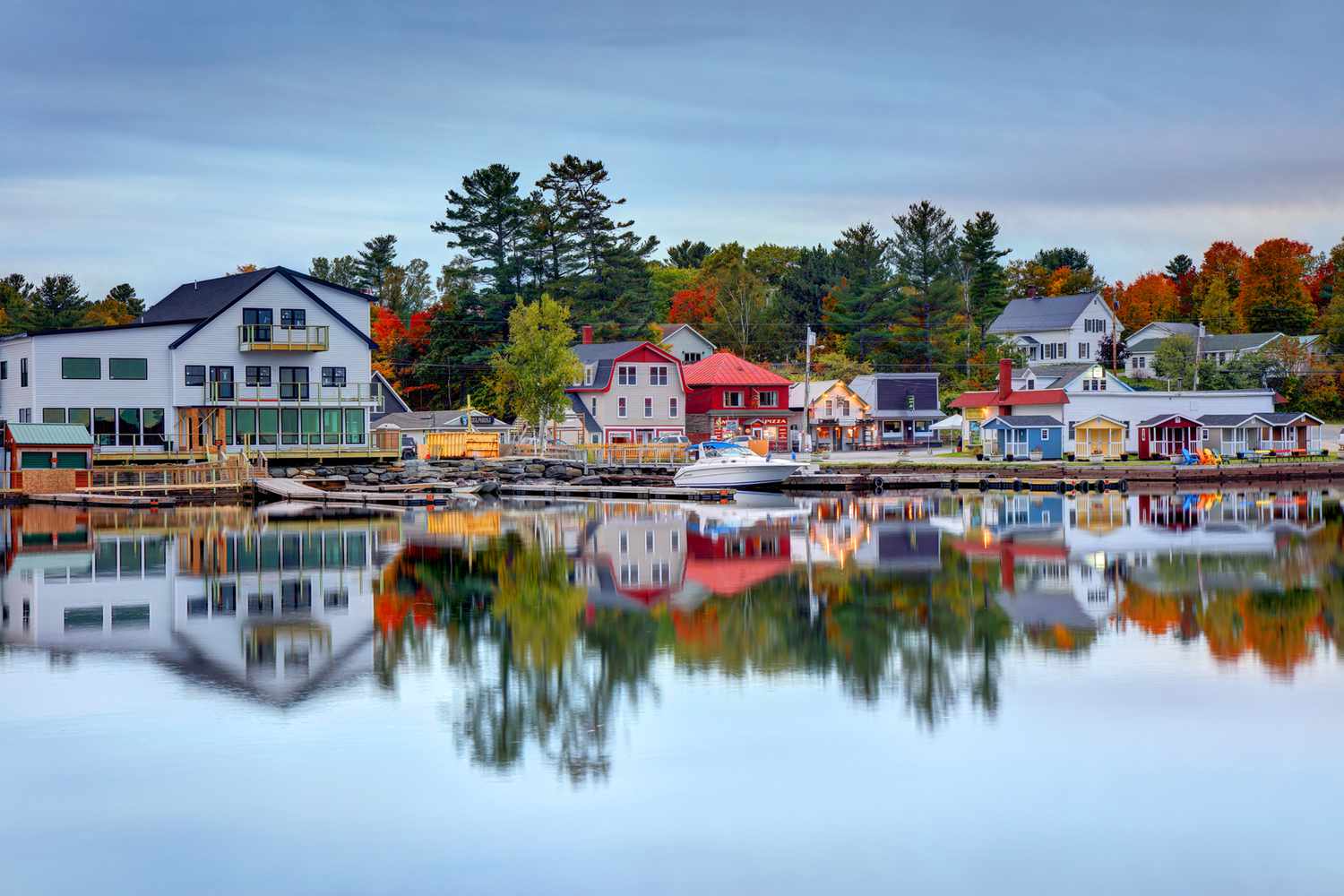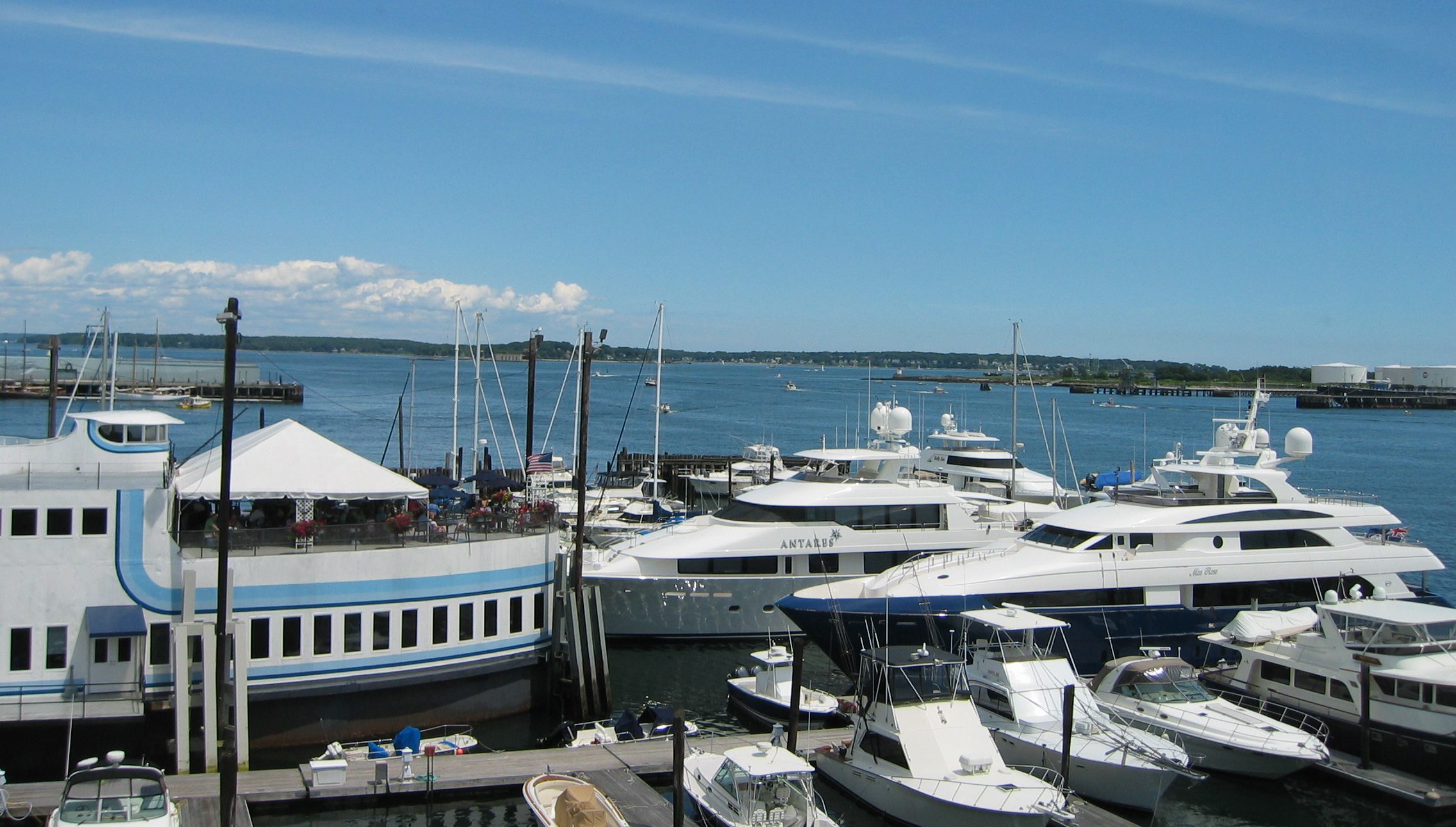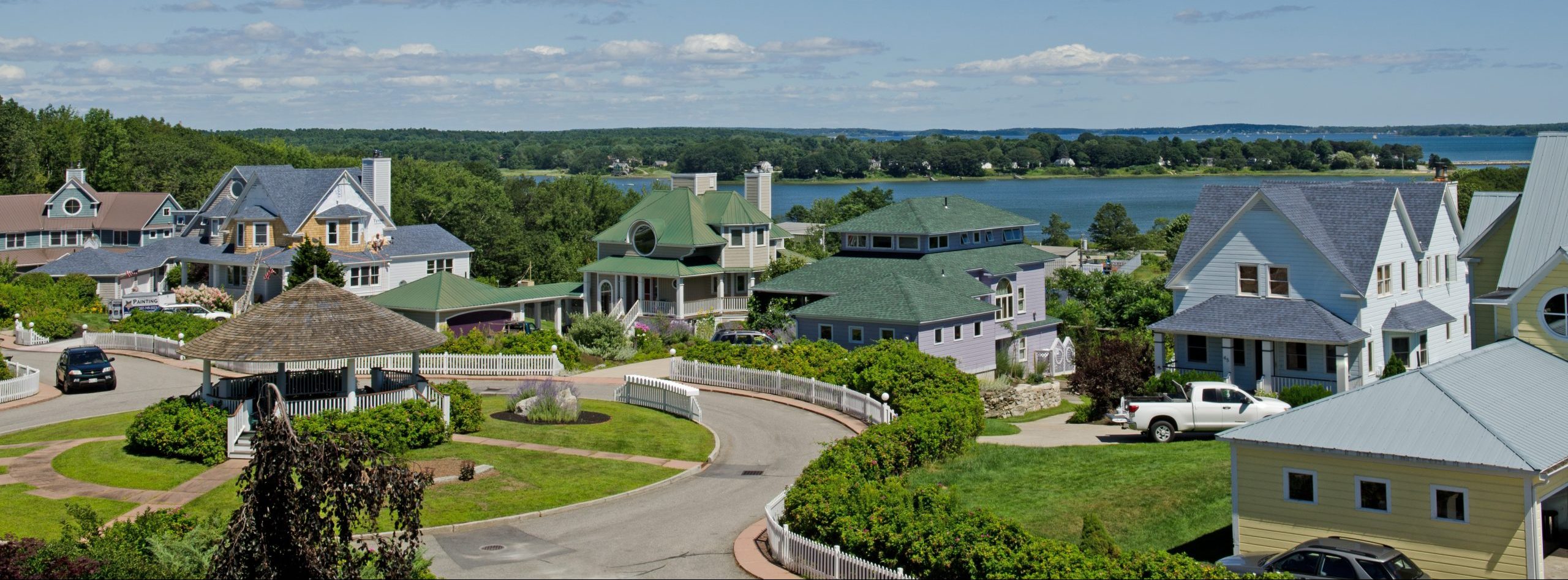Casco Bay Islands
Homes & Condos for Sale
Homes & Condos for Sale
For those looking to call this stunning region home, Casco Bay offers a variety of real estate opportunities, from charming island homes and cottages to year-round waterfront properties with breathtaking views. Casco Bay encompasses the area from Cape Elizabeth on the south to Cape Small on the north, and is dotted with hundreds of islands referred to as the Calendar Islands because there are said to be 365 of them – as many as there are days in a year. Some of the most popular in the greater Portland area are included below:
Waterfront Living on a Island
The bay has a rich history. There are two theories on the origin of the name “Casco Bay”. One theory is based on Spanish explorer Esteban Gomez explored the Maine coast in 1525 and named the bay “Bahia de Cascos” (Bay of Helmets, based on the shape of the bay).
The second theory is based on Aucocisco, the Abenaki name for the bay, which means ‘place of herons’ (or sometimes translated as ‘muddy’).
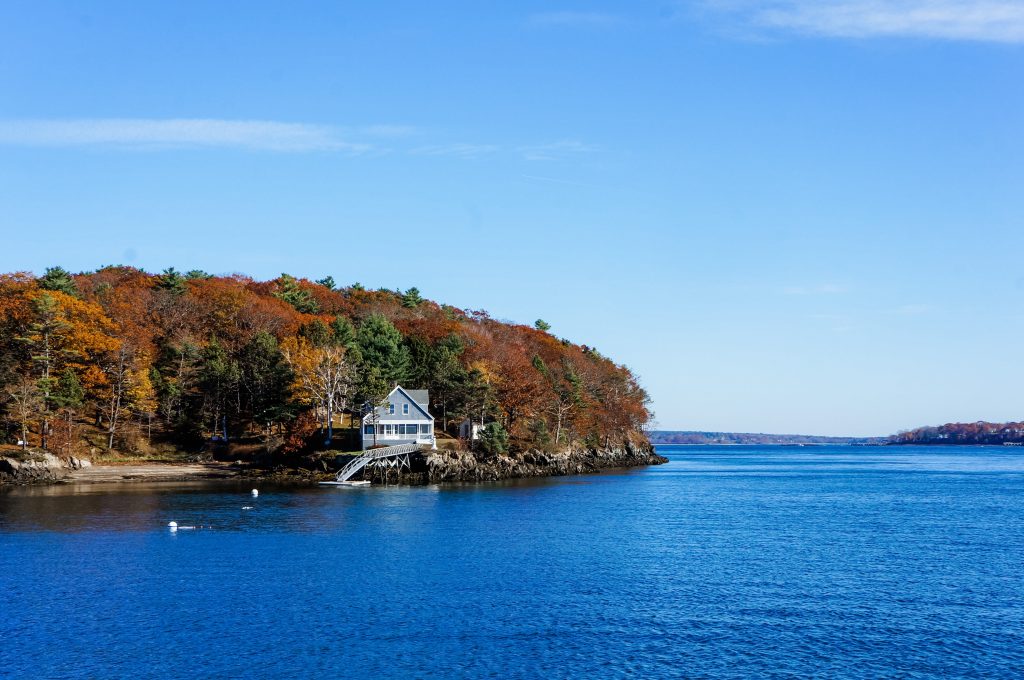
Waterfront Living
Casco Bay


